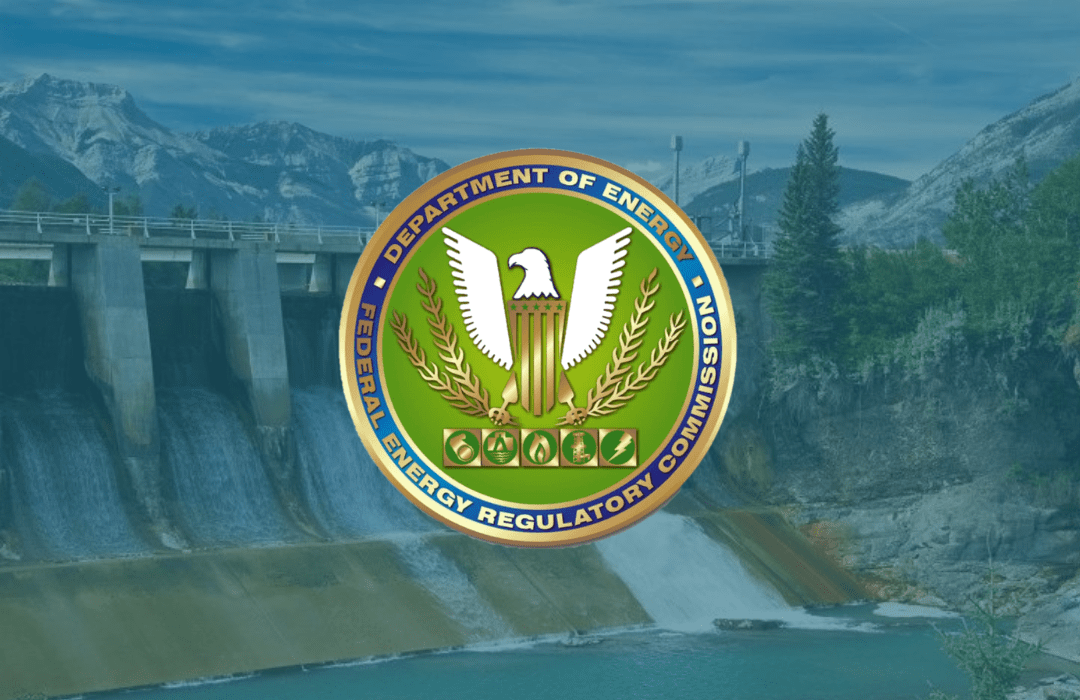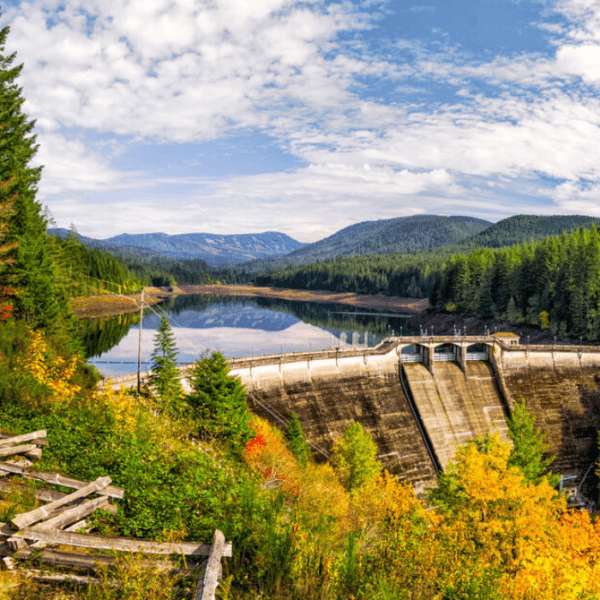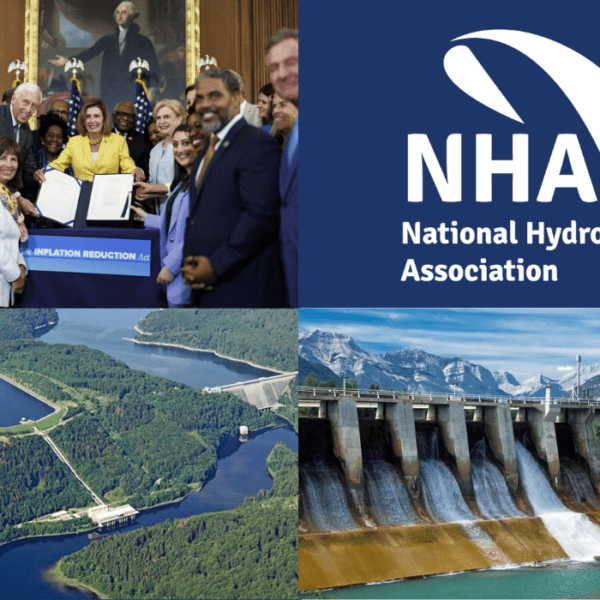Should the Federal Energy Regulatory Commission (FERC) require hydropower licensees to demonstrate that they have the money to mitigate a dam failure? If so, how?
The Commission posed these questions in a Notice of Inquiry (NOI) issued in January 2021 (86 Fed. Reg. 7081, January 26, 2021). In their responses, hydropower industry members, conservationists, and federal agencies offered widely different suggestions.
The National Hydropower Association (NHA) and American Rivers jointly asked FERC to hold a technical conference to gather more information and data on these issues.
FERC granted their request and scheduled the conference for April 26, 2022, “to discuss whether, and if so, how the Commission should require additional financial assurance mechanisms….” for hydropower licenses and other hydropower authorizations (See 87 Fed. Reg. 4884, January 31, 2022).
The FERC staff-led technical conference will be held, virtually, on April 26, 2022, from approximately 11 a.m. to 4:15 p.m. Eastern time. Registration is not yet available. More information is available at https://www.ferc.gov/news-events/events/technical-conference-financial-assurance-measures-hydroelectric-projects.
THE DEEP DIVE – A PREVIEW OF THE VIRTUAL CONFERENCE
The technical conference will consist of three panels as shown here. FERC has not yet announced the panel members.
The first panel is “Protecting Hydroelectric Facilities and Communities with Financial Assurance Requirements” — in short, whether to require financial assurance. This discussion will look at “potential safety risks” of hydropower facilities. It will also discuss factors for FERC to consider when it decides whether a financial assurance requirement is needed.
FERC lists example factors such as dam characteristics and location. Other examples include how financial assurance would protect against broad-ranging risks, such as impacts from climate change.
The second panel, “Establishing a Financial Assurance Requirement,” will discuss how to set the requirements, focusing on factors for FERC to consider in setting the amount required for financial assurance.
Questions to be explored include:
- How should FERC weigh a hydro project’s individual characteristics such as its size, hazard classification, and compliance history?
- Should government-owned hydro projects be subject to new requirements?
- How should FERC calculate the amount of the financial assurance requirement?
- Should regional and global risks be considered, and, if so, how?
The third panel, “Evaluating Mechanisms for Financial Assurance” will look at ways to carry out financial assurance requirements. In its January 2021 NOI, FERC outlined three potential options: Bonds; Industry-wide or licensee trust, escrow, or remediation funds; or licensee insurance (86 Fed. Reg. at 7083-7084).
FERC has also mentioned requiring licensees to reaffirm or recertify that they meet their financial assurance requirements.
Why it Matters
Financial assurance is just one of FERC’s tools for ensuring that dams are safe and are consistently maintained. For example, FERC recently revised its dam safety rules to broaden their applicability and to require inspections every five years, instead of every ten (see 87 Fed. Reg. 1490 Jan. 11, 2022). Observing the effectiveness of the revised rules should help FERC consider the need for new financial assurance requirements.
The NOI highlights FERC’s concern about the number of non-operating hydropower projects. If FERC were to maintain a publicly available list of these projects, stakeholders in dam retrofit and rehabilitation could identify potential targets. This could lead to increased renewable energy generation and reduced safety risks from unmaintained dams.
In joint comments with the Edison Electric Institute (EEI), NHA noted that the vast majority of hydropower licensees are safe, have good records of compliance, and do not require financial assurance. The industry comments expressed concern about unnecessarily tying up substantial capital that could otherwise be used to maintain and operate projects. To the extent that there are a small subset of non-compliant or non-operational projects that have received “implied surrender” orders from the Commission and may pose threats to public safety and the environment, the Commission has a host of tools available without imposing new requirements on all hydropower facility owners.
Next Steps
After the technical conference, FERC may begin drafting proposed regulations, or it may seek additional comment on ideas generated from the technical conference. It is likely that FERC will inform stakeholders of its planned next steps after the technical conference.
In the meantime, NHA, on behalf of its more than 260 member organizations, will continue to communicate with FERC and to provide its members’ views on financial assurance requirements.












